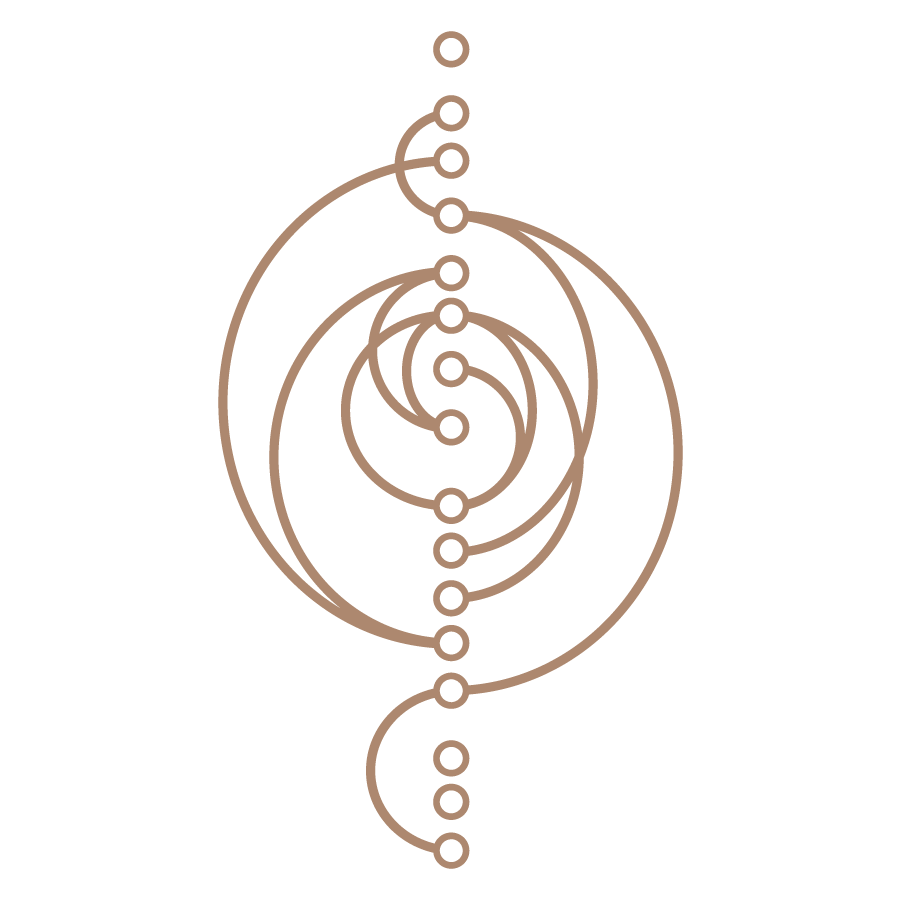How well do you know your muscles?
There are around 600 skeletal muscles in the body which are responsible for moving us through space. A good Pilates instructor will make anatomical references as you move through a workout to help you understand what should be participating in your body. The more you know about where your muscles are and what they do, the easier it is to influence them.
Here are a few fun facts to help familiarize yourself with the longest, largest, widest, strongest, and deepest muscles in your body:
-Longest: The Sartorius is a superficial muscle that runs across the front of your thigh, connecting the outer hip to the inside of your knee. It is so long it crosses over two joints (the hip and knee) and helps cross one leg over the other. In fact that is where it’s name comes from, Sartorius translates to “tailor” who were known for sitting cross legged. You can thank the Sartorius for laterally rotating your femur bone and flexing/abducting your knee and thigh.
-Largest: The Gluteus Maximus muscle (aka your “butt”) runs across the back of the hip connecting on several surfaces including the femur, IT band, lumbar fascia, and sacrum. This muscle helps keep us in an erect position and acts in extension and lateral rotation of the hip. You know the nice burn you feel after doing lunges or squats? That’s your Gluteus Maximus working!
–Widest: The Latissimus Dorsi (or “lats”) is a fan-like muscle that begins at the spine, runs through our thoracic vertebrae (T7-T12) and attaches to our humerus bone. This muscle is so massive and broad it is rarely injured, and literally translates to “wide back.” It acts in shoulder and scapula adduction and rotation and is really handy for keeping your shoulder girdle organized when moving through exercises like “chest expansion.”
-Strongest: There are different interpretations of “strong” but the Soleus (aka “calf”) muscle can pull with the greatest force. It is found below the Gastroc muscle running from the fibula to Achilles tendon. It is the muscle that helps us walk, run, and dance and ultimately pulls against the force of gravity to keep us upright.
-Deepest: The Psoas Major runs along both sides of the spine (T12-L5) and connects to the lesser trochanter (inside upper knob) of each femur bone. It is the only muscle that connects our spine to our legs and allows us to both stand upright and lift our legs to walk. This muscle is utilized a lot in Pilates as we learn to move our legs from our powerhouse rather than leveraging off of more superficial hip flexors. Want to find this muscle? Lie down on the ground, place your fingertips below your ribs about two inches from your belly button and wiggle them through some layers of muscle. Now lift one leg at a time – that movement you feel under your fingers is your Psoas.





